Mushrooms have captivated humanity for centuries, not just for their unique properties but also for their vibrant colors, intriguing textures, and distinct forms. Whether they are admired in the wild or used in various cultural traditions, mushrooms continue to fascinate us in many ways. In the world of fashion and lifestyle, they serve as a surprising yet powerful source of inspiration. Their organic forms and hues offer designers and creatives an endless array of possibilities to explore.
Among these intriguing fungi is the Amanita muscaria, also known as the fly agaric mushroom, which stands out with its iconic red cap and white specks. This mushroom has become emblematic in various cultures, symbolizing everything from folklore to modern-day art. Although the Amanita muscaria has been spotlighted in alternative therapies, it is essential to appreciate its aesthetic value, especially for fashion enthusiasts and those interested in nature-inspired design. Let’s delve into how mushrooms, like the fly agaric, have influenced the world of fashion and design, while also touching on the unique role they play in natural ecosystems. Interestingly there are fly agaric mushroom for sale where you can check out the wide varieties and take inspirations. So, without further adieu, let us dive into the world of mushrooms and what they have to offer.
Mushrooms: Nature’s Unsung Designers
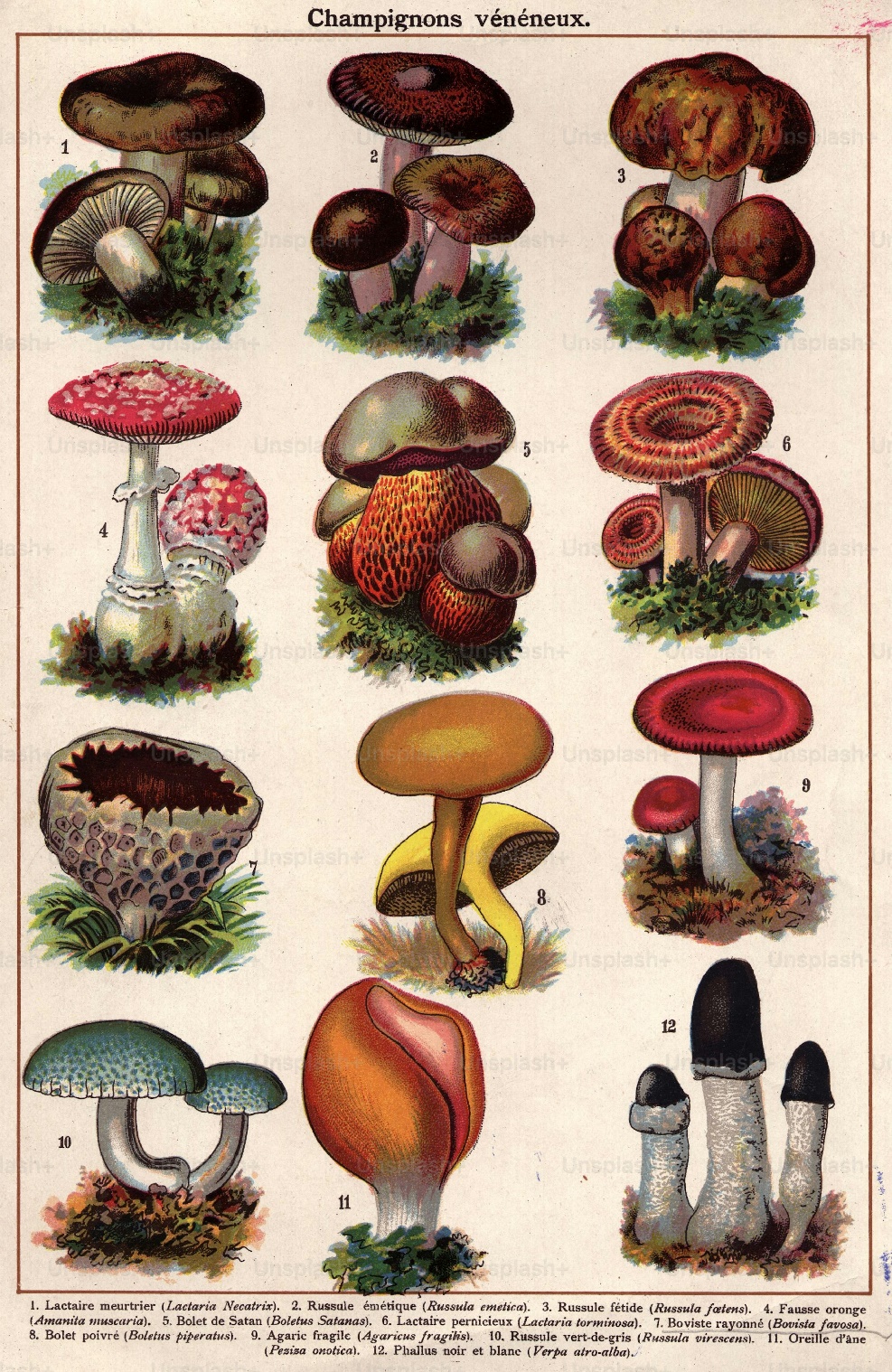
From morels to chanterelles, the rich diversity of mushrooms offers endless inspiration for design and creativity. Photo courtesy: Unsplash.
Mushrooms are not just organisms; they are a celebration of nature’s ability to create textures and colors that captivate the human eye. From the deep earthy tones of morel mushrooms to the vibrant yellows of chanterelles, mushrooms provide a rich source of visual inspiration for the fashion industry. The patterns on their caps, the organic flow of their gills, and the uniqueness of their shapes are often mirrored in haute couture designs and textile creations.
In recent years, designers have taken cues from mushrooms for more than just their outward appearance. Some have incorporated mushroom-based materials, such as mycelium, into sustainable fashion practices. Mycelium, the root-like structure of fungi, can be used to produce leather alternatives that are eco-friendly and cruelty-free, aligning with the growing demand for sustainable and ethical fashion.
Amanita Muscaria: Icon of Folklore and Fashion
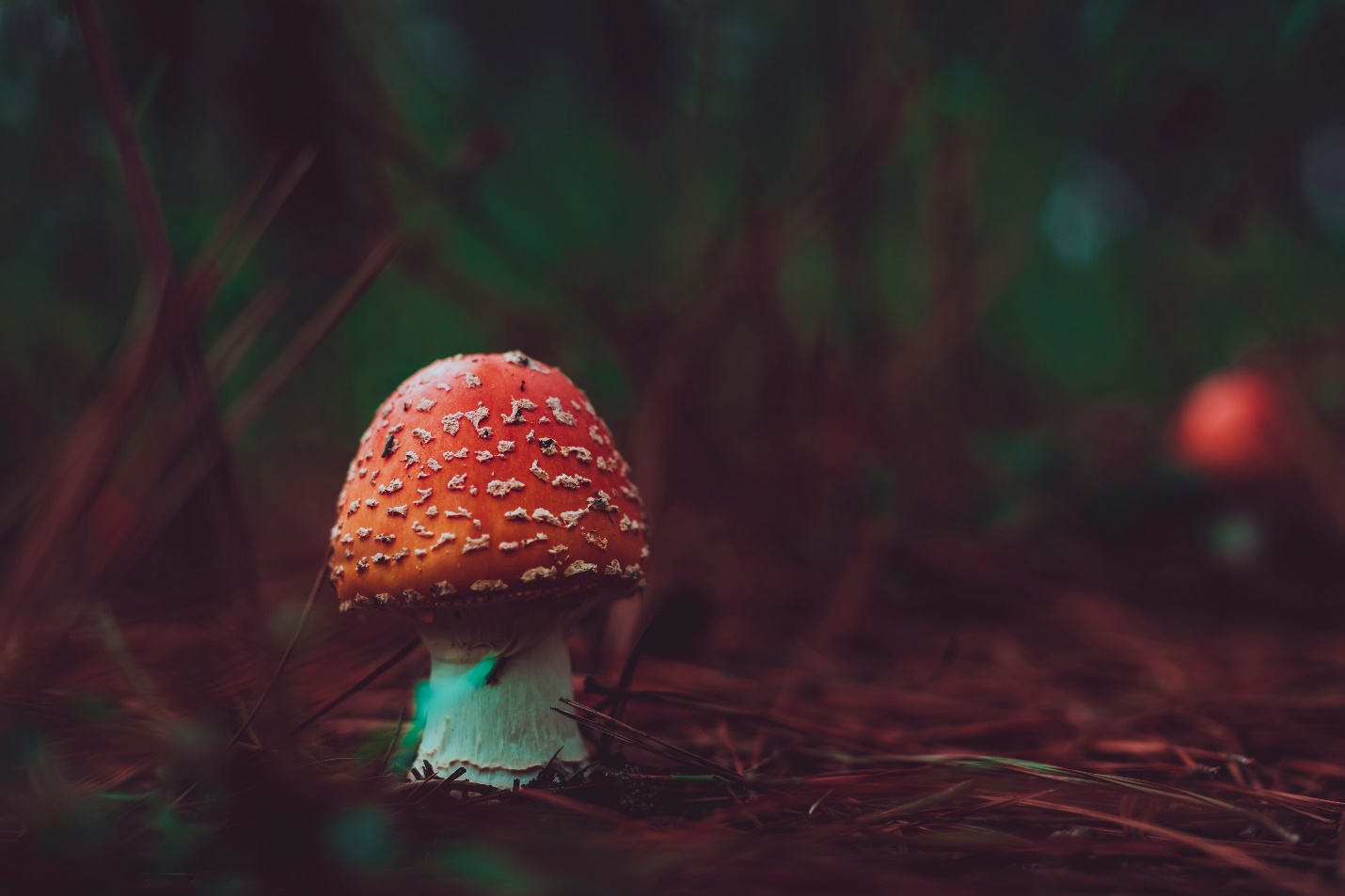
The iconic Amanita muscaria with its striking red and white appearance – a symbol of nature’s enchanting beauty. Photo courtesy: Unsplash.
Amanita muscaria, with its striking red cap dotted with white, is one of the most recognized mushrooms in the world. It has appeared in numerous artistic and cultural representations, from children’s books to video games, embodying mystery and enchantment. The mushroom’s vibrant colors make it an easy muse for those looking to create bold and daring designs.
Its colors—red, white, and sometimes orange—have often been used in fashion as an expression of audacity and whimsy. Designers who draw from nature frequently turn to the bright palette of the Amanita muscaria for inspiration, as it evokes both a sense of playfulness and a connection to the mystical elements of the natural world.
Though known for its potential psychoactive properties and dietary supplements and alternative therapies. Microdosing, the Amanita muscaria is perhaps more famous for its visual impact. Its enchanting appearance has graced runways, and its iconic colors have been mimicked in textiles, accessories, and even footwear. For fashion designers and enthusiasts, the fly agaric mushroom is a reminder of how the natural world can spark creativity, offering a palette that is both vibrant and timeless.
Mushrooms in Modern Design: More than Just Looks
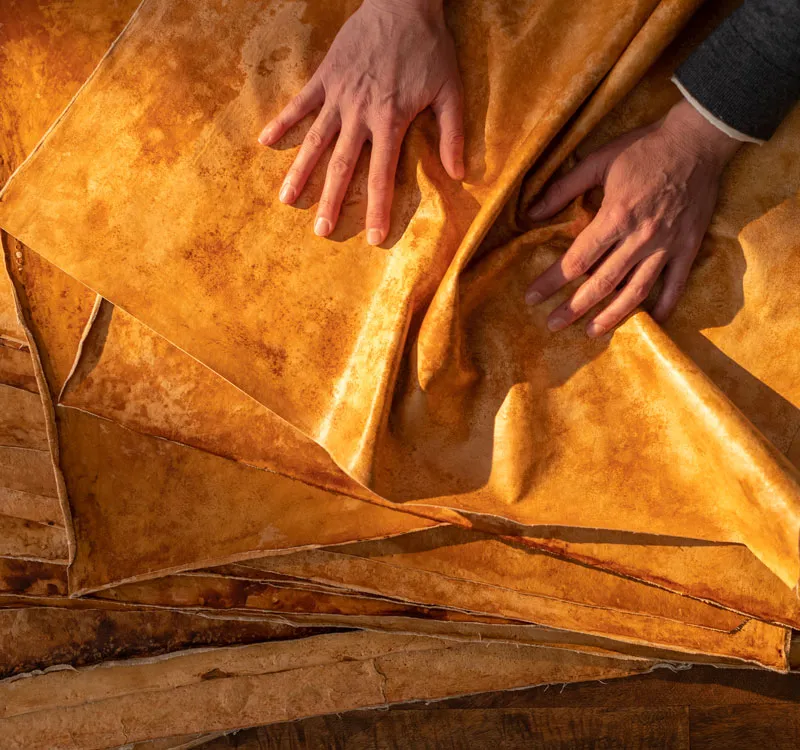
Innovative mycelium leather, an eco-friendly alternative to traditional materials, bridging sustainability and fashion. Photo courtesy: Smithsonian Magazine.
While the colors and textures of mushrooms like Amanita muscaria provide endless creative inspiration, they also play an essential role in modern fashion innovation. The sustainable fashion movement has embraced mushroom-based materials for their biodegradability and eco-conscious qualities. Designers are using mushroom-derived textiles to create high-fashion pieces that are not only stylish but also environmentally responsible.
Mycelium leather is a perfect example of this trend. It’s a durable, flexible, and sustainable alternative to traditional leather, making it a popular choice for eco-conscious designers. The rise of mushroom leather in fashion aligns with the industry’s shift toward more sustainable practices. The natural durability of mycelium, combined with its eco-friendly production process, makes it an attractive alternative to traditional materials that have a heavier environmental footprint.
A Fashionable Future Rooted in Nature
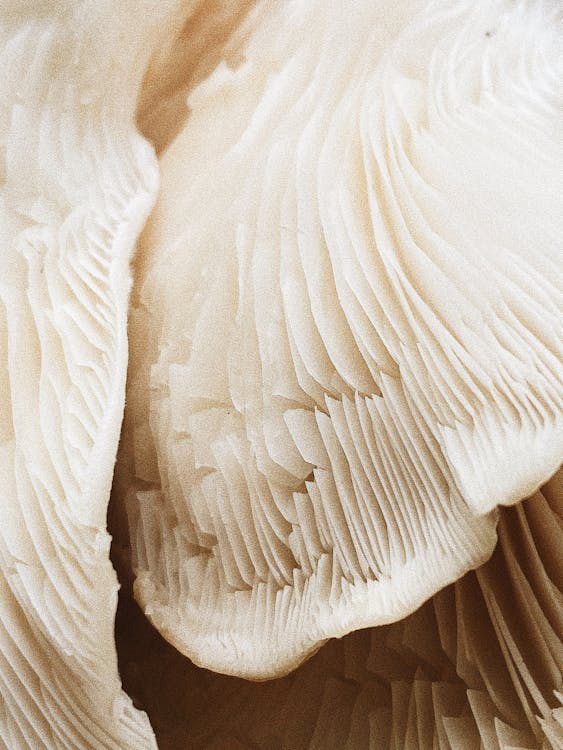
Beautiful texture of oyster mushroom. Photo courtesy: Pexels.
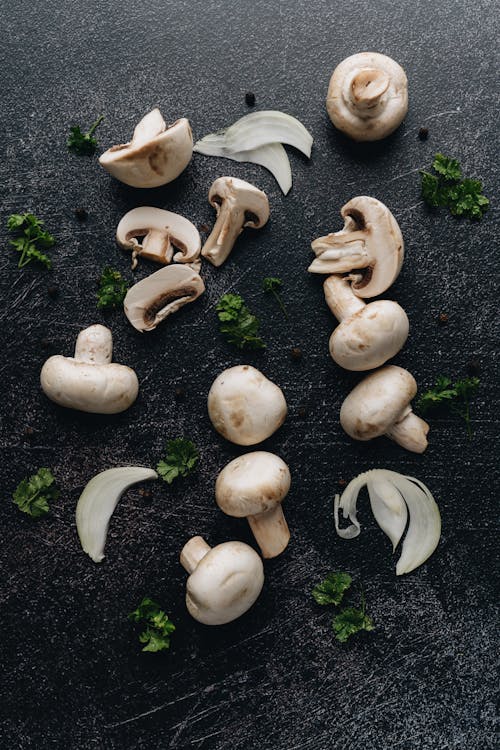
Beautiful button mushroom. Photo courtesy: Pexels.
As fashion continues to evolve, it’s clear that mushrooms will play an increasingly significant role in the industry. Whether they inspire designs through their textures and colors or become the material of choice for sustainable products, mushrooms offer a unique blend of beauty and practicality.
Amanita muscaria, in particular, serves as a striking symbol of nature’s ability to blend art with function. While it holds a special place in alternative therapies, its most lasting contribution may very well be in the world of fashion and design. The mushroom’s visual allure has inspired generations of designers, and its presence on fashion runways and in sustainable fashion initiatives signals a promising future for nature-inspired design.
While mushrooms like Amanita muscaria might spark curiosity for their medicinal and therapeutic potential, it’s crucial to approach such claims with caution and ensure any products or therapies are researched thoroughly and legally verified. Nonetheless, the mushroom’s undeniable aesthetic appeal ensures its continued influence in the creative world, particularly in fashion and lifestyle, where nature’s beauty often takes center stage.
Conclusion: Drawing Inspiration from Nature
In a world where sustainability and creativity are becoming increasingly intertwined, mushrooms like the Amanita muscaria offer a perfect example of how nature can inspire fashion in both form and function. Whether through their vibrant colors, intricate patterns, or sustainable potential, mushrooms have a unique role to play in the future of design.
For those looking to explore the fascinating world of mushrooms, it’s worth considering their many layers—both literally and figuratively. From their role in ecosystems to their impact on human culture, mushrooms continue to inspire and intrigue, and their place in the fashion world is only growing stronger.
You can also read:
Cactus Leather Will Save 1 Billion Animals Killed for Fashion!
Crafting Iconic Designs: How Fashion Designers Can Harness the Power of Adobe Express
Travel in Style: Fashion Tips for the Jet-Setting Trendsetter
Discover the World of Luxury Fragrances: A Deep Dive into the Alluring Perfume Brands
Feel free to write to us at fashionnovationfd@gmail.com
We read your articles and publish!

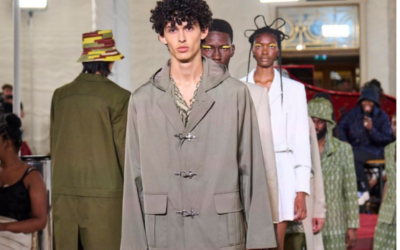


0 Comments